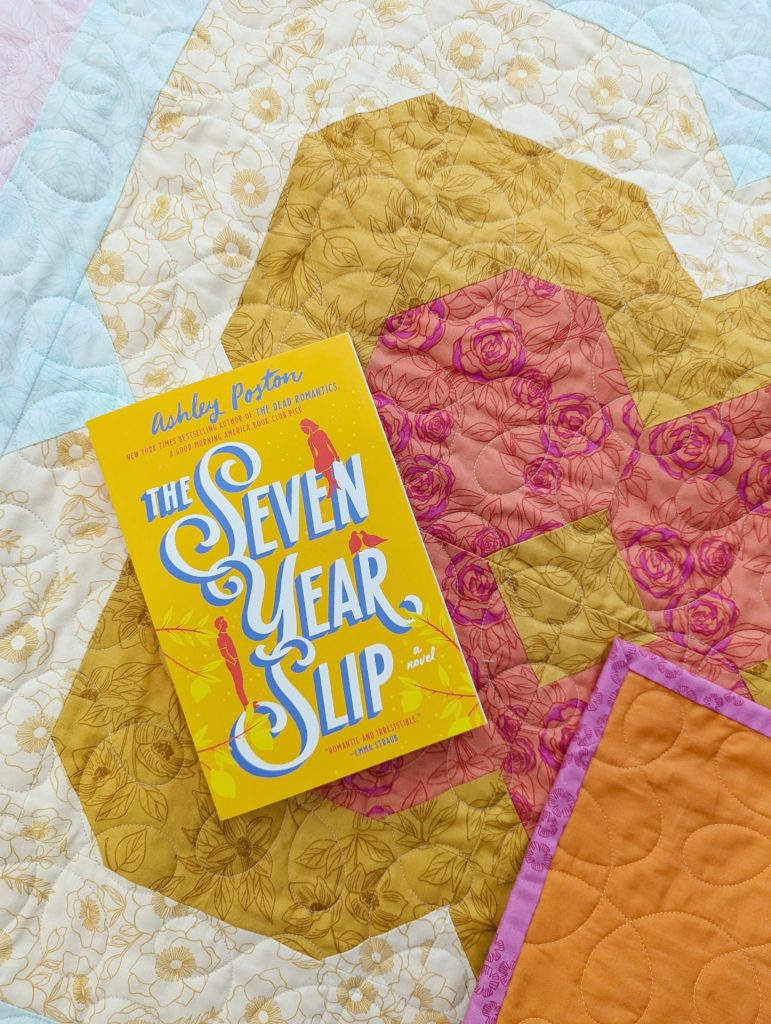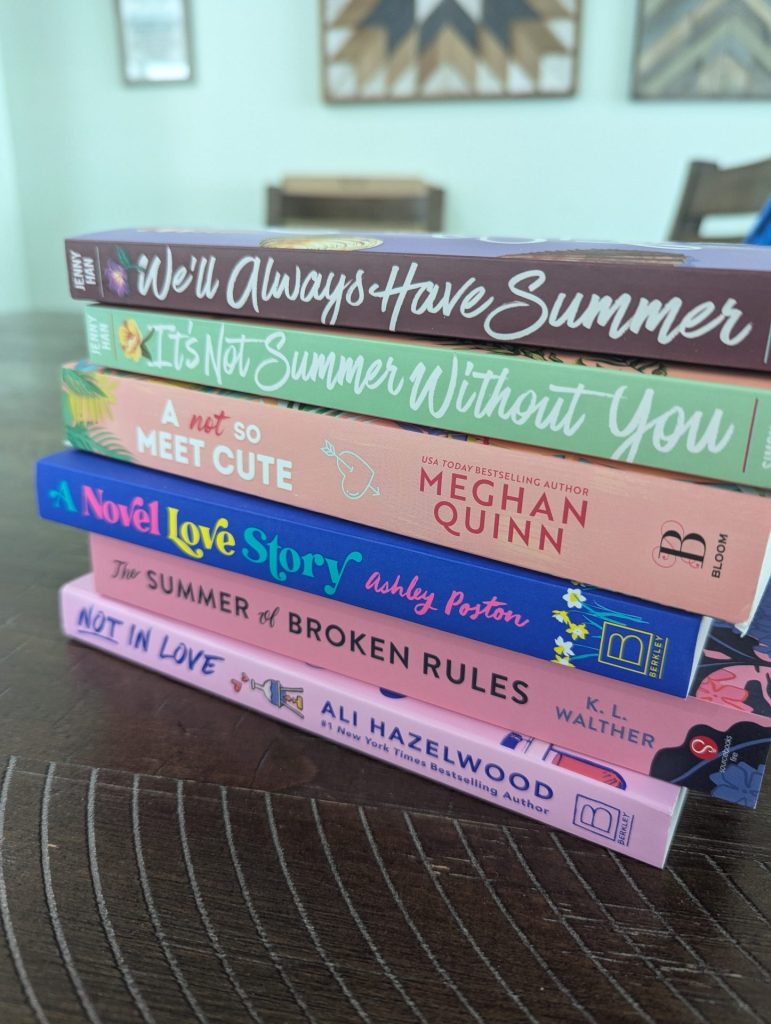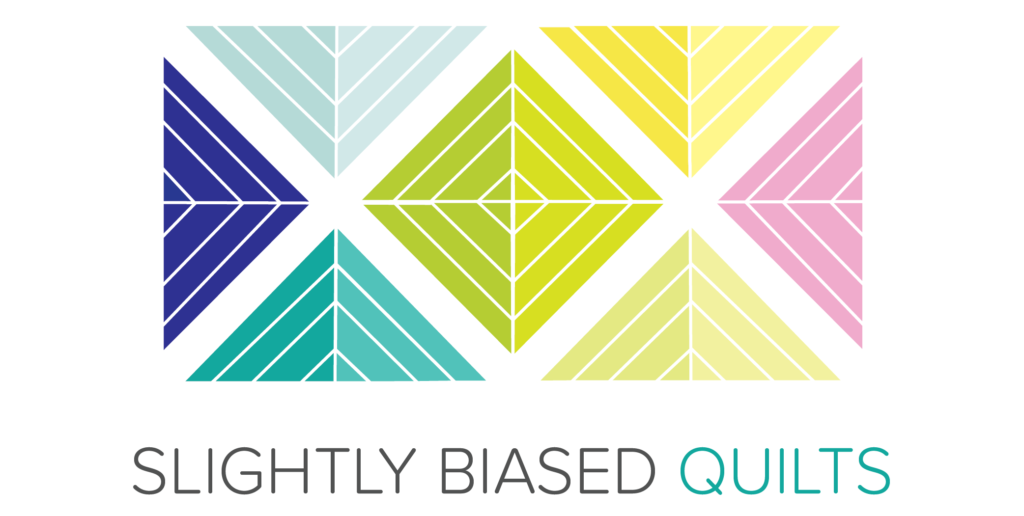
As both a quilter and a book lover, I find myself drawn to the way colors, patterns, and textures can tell a story. Just as a well-crafted novel can transport us to different worlds, a thoughtfully designed quilt can evoke emotions and memories. It’s no wonder, then, that I’ve been playing with the idea of combining these two passions by creating quilts inspired by the covers of beloved books.
Book Cover Inspiration

Book covers are more than just packaging—they’re a visual representation of the story within. The colors, fonts, and images are carefully chosen to convey the tone, themes, and emotions of the book. Study the cover, and let its palette speak to you, imagining how these hues might come together in fabric form.
The color scheme of a cover can immediately spark an idea—a warm blend of earth tones from a historical fiction novel, or the cool blues and silvers from a science fiction tale. Contemplate the mood the book evoked when you read it.. Was it a comforting read, full of nostalgia? Or was it a thrilling page-turner that kept you on edge? The answers to these questions can guide you in selecting fabrics that not only match the cover’s colors but also capture the essence of the reading experience.
A Journey Through Fabric and Story
As quilters, we know that the process of creating a quilt is as much about the journey as it is about the final product. The same holds true for creating a quilt based on a book cover. Each step—choosing the fabrics, arranging the pieces, stitching them together—becomes a way of retelling the story.
For instance, a quilt inspired by a beloved childhood book might feature soft, worn fabrics that evoke the comfort of returning to familiar pages. A quilt based on a suspenseful mystery might incorporate sharp lines and bold contrasts, echoing the tension and twists within the plot. The process is deeply personal, allowing me to connect with the book in a new and tactile way.
Choosing the Right Elements and Patterns
Deciding which elements of the book to include and how to represent them through your pattern is where creativity can truly shine through. Have fun with the planning phase as the quilt can reflect the book’s themes, characters, and emotions.
- Colors and Fabrics: Start by selecting fabrics that match the book cover’s color palette. Consider using solids or subtle prints that echo the cover’s primary colors. If the book has a strong sense of place, like a sweeping landscape or a bustling city, choose fabrics that reflect that environment—think earthy tones for a nature-based setting or vibrant hues for an urban story.
- Patterns and Blocks: The pattern you choose should reflect the book’s structure and tone. For a classic, timeless novel, a traditional quilt block like the Log Cabin or Nine-Patch might be fitting. A more modern, abstract story could be represented by a contemporary quilt pattern with asymmetrical blocks or improvisational piecing.
- Symbolic Elements: Incorporate symbolic elements from the book into your quilt design. For instance, if a key motif in the story is a starry night, consider adding star blocks or fabric with a celestial print. If the book centers around a journey, use a pattern that suggests movement, like Flying Geese or a winding path. Another meaningful way to incorporate your favorite parts of the book is to embroider the title author and your favorite quote into the top.
- Textures and Layers: Don’t forget about texture! The quilting itself can add layers of meaning to your design. Consider quilting motifs that align with the book’s themes—waves for a nautical story, or vines and leaves for a tale set in a lush garden. The tactile quality of the quilt can enhance the emotional connection to the story.
- Borders and Sashing: The borders and sashing can frame your quilt much like the cover frames a book. Choose these elements carefully to complement the overall design, whether by continuing the theme or providing a contrast that makes the central blocks stand out.
If you’re both a quilter and a book lover like me, I encourage you to look at your bookshelf with new eyes. The next time a cover catches your attention, let it inspire your next quilt. Dive into the colors, the themes, and the emotions, and see where your creativity takes you. You might just find that your love for both reading and quilting deepens in unexpected ways, stitching together stories and fabrics into something truly special.
